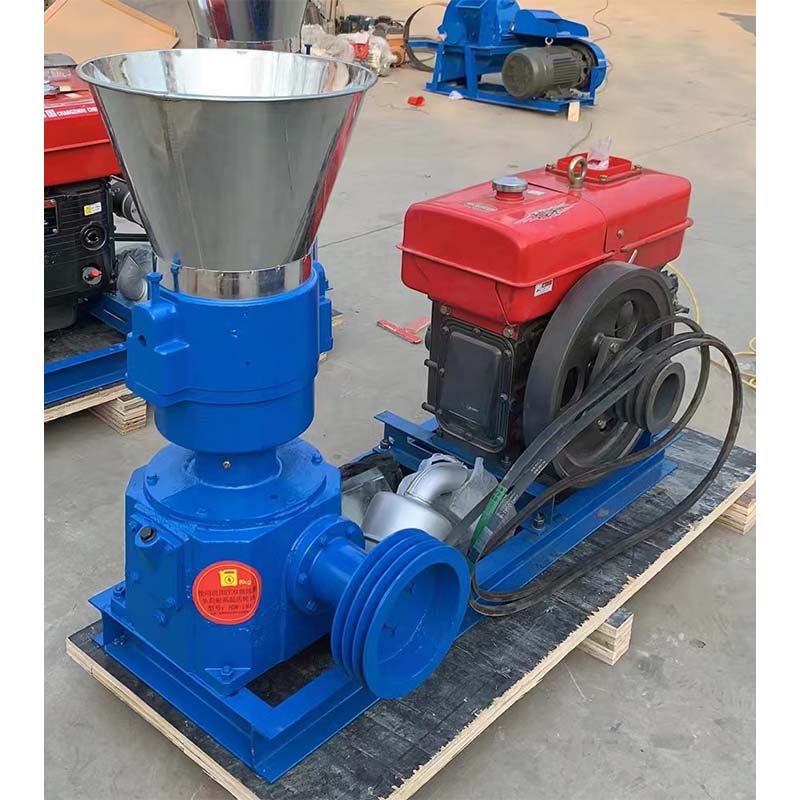cow feed mixer
Oct . 10, 2024 13:41 Back to list
cow feed mixer
The Importance of Cow Feed Mixers in Modern Dairy Farming
In the realm of modern dairy farming, the efficiency and quality of feeding systems play a crucial role in the overall productivity and health of dairy cattle. Among the various equipment utilized in this process, cow feed mixers stand out as essential tools that enhance the nutritional management of herds. These machines not only automate the feeding process but also ensure that the rations provided to cows are well-balanced and nutritious, ultimately leading to improved milk production and cow health.
A cow feed mixer is designed to blend various feed components uniformly. This is essential for creating balanced rations that meet the specific nutritional needs of dairy cows. The basic components of a typical feed ration might include silage, hay, grains, protein supplements, and minerals. Each of these ingredients has its own unique nutritional profile, and mixing them properly is vital for ensuring that cows receive all the necessary nutrients in the right proportions. A well-mixed feed contributes to better digestion, which can lead to enhanced milk yield and overall animal health.
One of the primary benefits of using a cow feed mixer is the ability to customize rations based on the needs of different groups within a herd. For instance, lactating cows may require higher protein and energy levels compared to dry cows or heifers. With a feed mixer, farmers can easily adjust the ingredients to cater to these varying requirements effectively. This flexibility not only helps in meeting the nutritional needs but also supports the overall productivity of the farm.
In addition to nutritional customization, cow feed mixers can significantly reduce labor costs associated with feeding. Manual feeding processes can be labor-intensive and prone to errors. With the use of a mixer, farmers can prepare large batches of feed in a relatively short amount of time, allowing more efficient use of labor resources. Moreover, these mixers can be integrated with feeding systems that automatically distribute the mixed feed, further streamlining the feeding process. This mechanization not only saves time but also reduces the risk of human error in ration preparation.
cow feed mixer

Another noteworthy advantage of using cow feed mixers is their role in reducing feed waste. In traditional feeding methods, uneven distribution of feed can lead to leftover portions that spoil or go uneaten. However, a well-mixed ration enables more consistent feeding, reducing the amount of feed that goes to waste. Additionally, by ensuring that cows receive the right amount of nutrients in their feed, farmers can minimize the costs associated with purchasing and disposing of excess feed.
Health is another critical aspect where cow feed mixers make a significant impact. Nutritional imbalances can lead to various health issues in dairy cows, including metabolic diseases, reproductive problems, and lower immunity to infections. A properly mixed feed helps maintain consistent nutrient intake, supporting the overall health and longevity of the herd. Healthier cows are not only more productive in terms of milk output but also contribute to lower veterinary costs, enhancing the economic viability of dairy operations.
Furthermore, advancements in technology have led to the development of more sophisticated cow feed mixers equipped with features such as scales for precise measurement, automatic mixing controls, and even computer software that aids in formulating rations. These technological enhancements make it easier for farmers to monitor and adjust the feeding process, adapting to any changes in herd management practices or market fluctuations in feed prices.
In conclusion, cow feed mixers play an indispensable role in the success of modern dairy farming. Their ability to improve feed quality, reduce waste, save labor, and enhance animal health cannot be overstated. As the dairy industry continues to evolve, the adoption of efficient technologies like cow feed mixers will be crucial for optimizing production and ensuring the sustainability of dairy farming practices. As farmers invest in these innovative solutions, they position their operations for greater success in an increasingly competitive market.
-
Hot Sale 24 & 18 Door Rabbit Cages - Premium Breeding Solutions
NewsJul.25,2025
-
Automatic Feeding Line System Pan Feeder Nipple Drinker - Anping County Yize Metal Products Co., Ltd.
NewsJul.21,2025
-
Automatic Feeding Line System Pan Feeder Nipple Drinker - Anping County Yize Metal Products Co., Ltd.
NewsJul.21,2025
-
Automatic Feeding Line System - Anping Yize | Precision & Nipple
NewsJul.21,2025
-
Automatic Feeding Line System - Anping Yize | Precision & Nipple
NewsJul.21,2025
-
Automatic Feeding Line System-Anping County Yize Metal Products Co., Ltd.|Efficient Feed Distribution&Customized Animal Farming Solutions
NewsJul.21,2025






